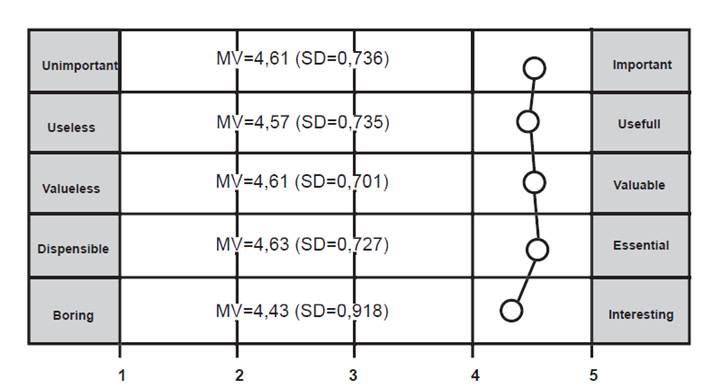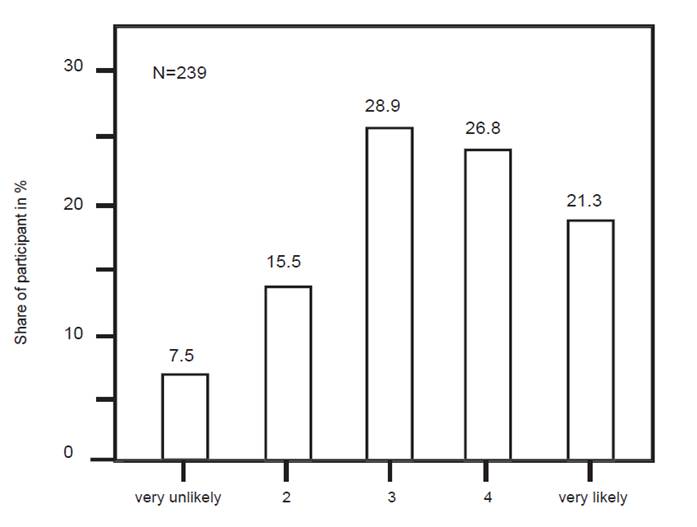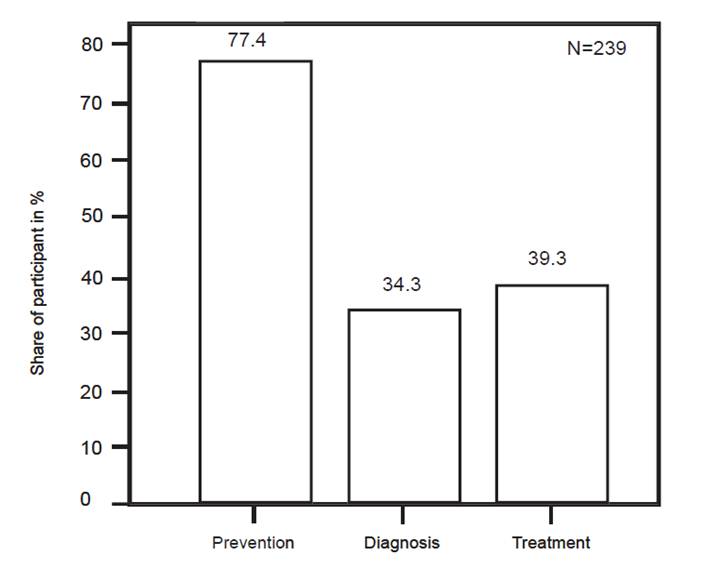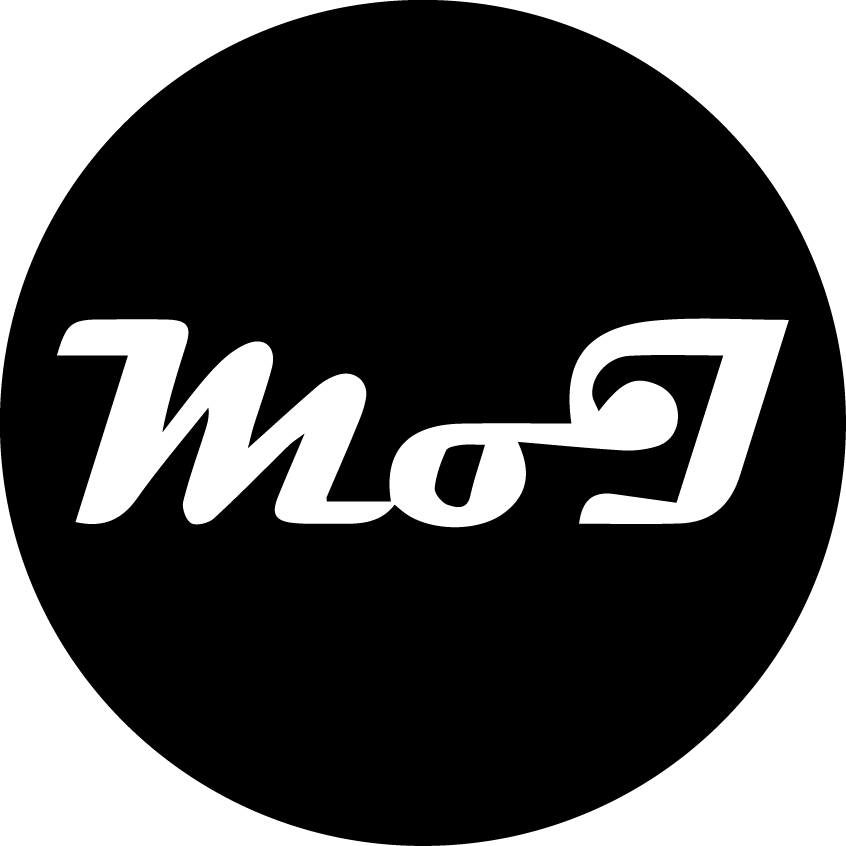1. Introduction
Most of the time we discuss concepts like consumer centric-design, co-creation or open innovation in the context of business management. However I guess it makes perfectly sense to carry forward the experiences and findings to other fields of application like i.e. the field of health care. Current developments within the health and care system (e.g. the evolvement of shared decision making, the increasing and desired autonomy of patients) display the changing role of patients from passive recipients of medical services to active partners and co-producers of their own health. Hence the empowerment of consumers can be seen as a quite familiar phenomenon to the empowerment of patients who are in the end also consumers of health services. The major challenge of consumer involvement into the disease management process is to utilize the knowledge and experience of patients in order to foster the prevention of diseases, the individual health status and the quality of life.
I want to present a study conducted as part of a long-term scientific research project initiated by the Bavarian Center of Osteoporosis/Munich and myself. We formulated following major research questions in order to analyze different dimension of consumer involvement and co-creation in the field of osteoporosis:
Question 1: How do patients/potential patients assess the approach of consumer involvement and co-creation in the disease management of osteoporosis?
Question 2: Are consumers willing to participate in co-creation activities as part of the disease management and fight against osteoporosis?
Question 3: What motivates patients to participate in the disease management of osteoporosis and co-creation activities?
Question 4: What key roles and co-creation tasks are consumers able to fulfill within the disease management process?
2. The Study
In order to analyze the research questions an online-study was conducted to evaluate the consumers` attitude, motivation and potential roles in the disease management of osteoporosis. The sample was recruited offline directly at the Bavarian Center of Osteoporosis. Additionally we recruited participants from major online health communities and health portals connected to the topic of osteoporosis. Vallerand’s Hierarchical Model of Intrinsic and Extrinsic Motivation as well as major theories of attitude and behavior were used as theoretical background. To test hypotheses several statistical methods like Structural Equation Modeling and Explorative Factor Analyses were deployed within the developed research model.
Sample:
N=239
Gender:
Female 66.8%
Male 33.2%
Age (avg. 53.05):
<40 (19.9%)
40-60 (43.8%)
>60 (36.3%)
Osteoporosis Affection:
Personally affected by osteoporosis 36.0%
Someone in my personal environment is affected by osteoporosis 26.4%
Not affected 37.6%
3. Results
Question 1
How do patients/potential patients assess the approach of consumer involvement and co-creation in the disease management of osteoporosis?
After presenting the concept of co-creation in health care and explaining benefits and down-sides in detail, the participants showed a very positive attitude towards the approach of being actively integrated into the disease management of osteoporosis. As attitude can be separated into an affective and cognitive component, both were taken into measure. The patients’ affective attitude concerning the importance of co-creation in the disease management was measured by a semantic differential on a 5-point scale. The results revealed a very positive attitude with an average mean value of 4.58 (SD=0,77 ) for all five items. The results are shown in figure 1. Similarly positive effects can be reported likewise for the cognitive attitude. The three major advantages “gaining osteoporosis-related knowledge“, “reducing the risk of an osteoporosis affection in an active manner“ and “generating public awareness“ were rated very high, whereas disadvantages (e. g. “physic or psychic burdens“, “necessary monetary expenditures“) occurring by participating in consumer involvement measures seem not of major interest to the participants.

Figure 1: Affective Attitude towards the approach of consumer involvement and co-creation
Question 2
Are consumers willing to participate in co-creation activities as part of the dis-ease management and fight against osteoporosis?
Nearly 80% of the participants showed general willingness to be actively involved into the disease management of osteoporosis whereas only 20% showed no or very little interest. The willingness for patient co-creation was measured with a three item construct of behavioral intention including questions dealing with a patient involvement on a regular basis as well as a participation in co-creation within the next 6 month. Most of the patients (77%) would like to participate in the field of osteoporosis prevention. More than a third wants to be actively involved in diagnosis as well as in treatment. The general willingness is displayed in figure 2 and the preference towards the different stages of medical processes is shown in figure 3.

Figure 2: General willingness to participate and co-create

Figure 3: Preferences for co-creation along medical process
Question 3
What motivates patients to participate in the disease management of osteo-porosis and co-creation activities?
The variables influencing the intention to take part in consumer involvement activities were analyzed using structural equation modeling. Overall 21 items on extrinsic and intrinsic pa-tient motivation were included in the study. Results show that the motivation of the partici-pants to take part in actions within the disease management is mainly based on intrinsic moti-vation. This means that motivations inherent to the consumers represent the main stimuli to adopt an active part in consumer involvement. The highest mean values were observed for motivations referring to “knowledge gaining” and “information seeking”:
– Because I want to acquire knowledge. (MV: 4.21; SD: 0.96)
– Because I want to be up to date with the recent developments. (MV: 4.06; SD: 1.18)
– Because I want to become acquainted with new and modern methods of osteoporosis prevention, diagnosis and treatment. (MV: 4.06; SD: 1.09)
High means were also observed for motivations based on altruism and community support:
– Because I want to support developments in health care. (MV: 3.94; SD: 1.08)
– Because I can improve the live of others. (MV: 3.52; SD: 1.16)
Extrinsic motivations like monetary rewards or free treatment seemed to play no or a minor role.
– Because I hope to get a financial compensation. (MV: 1.73; SD: 1.06)
– Because I am interested in an special incentive like a discount in treatment costs or treatments at a health resort. (MV: 2.90; SD: 1.41)
Environmental influencers such as subjective norms, personal estimation of behavioral con-trol and attitude towards the intended behavior were significant however with minor impact on the intention to take an active role in disease management.
Question 4
What key roles and co-creation tasks are consumers able to fulfill within the disease management process?
Based on the participants perceived competences, abilities and preferences three major patient roles in co-creation were identified using explorative factor analysis:

Figure 4: Patients’ Roles in Co-Creation
Variance explained for this three factor solution was 76.4%. Overall 55.7% of all participants adopted at least one of these roles. 27.6% focused on one role and 28.1% adopted a combination of roles. Following are the items used for operationalizing the roles. The items were measured on a 5-point Likert-scale ranging from 1 (very unlikely) to 5 (very likely). Only participants who had higher means than the average mean in all items assigned to the roles were also classified to be an owner of this role.
(1) Advisor of other patients (Cronbachs Alpha = 0.87)
– I would actively participate within self-help groups. (MV: 3.10; SD: 1.16)
– I am willing to train (new) patients how to handle osteoporosis affection and will act as contact partner. (MV:2.87; SD:1.33)
– I am willing to conduct group discussions and to forward results to corresponding institutions and organizations. (MV:2.67; SD:1.35)
(2) Personal Health Manager (Cronbachs Alpha = 0.89)
– I would constantly check and document my health status, to circulate my experience with medicaments, devices and therapies. (MV: 3.86; SD:1.09)
– I am willing to learn more about osteoporosis and to acquire expertise, to be a valua-ble help for health professionals. (MV: 4.02; SD: 1.12)
– I am willing to help developing prophylactical and diagnostical plans as well as me-dication and therapy plans. (MV: 3.67; SD: 1.22)
– I would provide consumer insights and my experiences for the conzeptualization of scientifc research studies. (MV: 3.64; SD: 1.26)
(3) Participant in medical research and clinical studies (Cronbachs Alpha = 0.85)
– I am willing to be subject to modern treatment methods. (MV: 3.65; SD: 1.18)
– I would act as test person to support the development of devices for diagnosis and therapy. (MV: 3.36; SD: 1.29)
– I would act as test person for controlled medicamentation trials. (MV: 2.75; SD: 1.30)
4. Conclusion
Patients and non-patients alike show an enormous willingness to actively participate in the fight against osteoporosis. The internet generates manifold, new, efficient and effective ways for patient involvement and co-creation that can be combined with existing methods and initiatives exceeding one-directional information gathering. Systematic utilization of patient co-creation allows the enhancement of health care in a consumer oriented way and as a form of integrated prevention, diagnosis and treatment. In the near future this should be especially relevant for widespread diseases. The internet helped patients to “grow up” and there is no going back.

